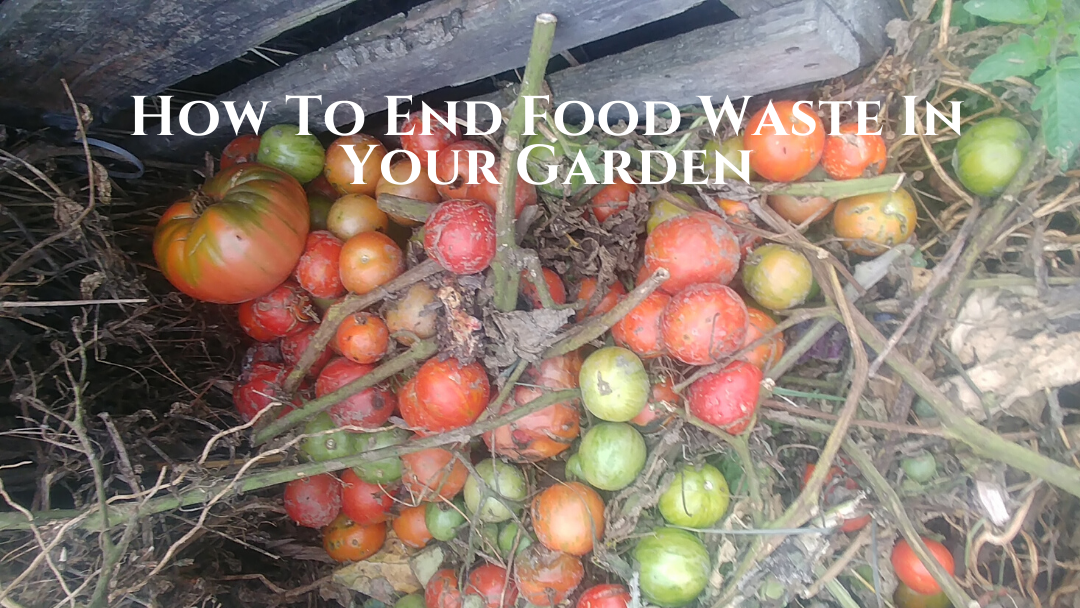Since I was a boy in Ukraine my family respected home-grown food. No wonder when I asked “Mummy, where did I come from?” she would answer: “We found you in a cabbage patch”. 😊
We obtained most of our daily food from the soil after working hard and planting all-season-long, controlling the pests and then finally harvesting. My family appreciated, deep in our bones, the effort required to grow crops for food. Starting from potato, the major veggie we ate daily very often more than once, we were connected to plants. This relationship fostered feelings of responsibility and caring. Caring for the plants, the land and for the food supply allowed us to live throughout the winter and majority of the spring up to the time when fresh greens and fruits were available. We repeatedly inherited from previous generations the same gardening chores as a ritual that was joyful rather than year-round work.
It was from Grandma that I learned not only the wisdom of growing your own food but also how important it was to appreciate every pinched parsley leaf and every kernel of corn gathered to feed the chickens.
My mom likes to recall the story that underlines how conscious we were about the food we ate and preserved. This story touches me deeply and I’d love to share it with you. As a child, my mom was a great helper for Grandma. One day while cleaning the storage and moving the big pots she found a whole bread loaf, covered in mould. It was a Paska bread, left forgotten after the last Easter celebration. She was shocked and hurried up to bring that bread loaf to Grandma. With her eyes ready to burst into tears she hesitantly asked Grandma “look what I found… it’s such a pity… how could we have forgotten about this bread?”. Grandma was upset too but due to her kindness replied: “take a shovel, daughter, and bury this loaf in the corner of our potato field. That’s fine. When you do this then God will forgive us and will bring blessings to our next harvest”. So she did…
I am not sure how, but probably through my family genes, I gained respect for the soil, air, water, plants, insects, and how they all interconnect in a web of organic relationships.
Naturally equipped with such a respectful attitude our family limited the waste to only unavoidable minimal losses. We transformed these losses in a circular motion. We knew by default that we had grown food to be packed with nutrients. Nutrients to feed ourselves with, nutrients to improve our health and nutrients to reuse in soil.
Nutrients would go from kitchen food scraps to feed the chickens, with larger parts going directly to the compost pile. Chicken coop waste was either mixed in or collected separately, and all these nutrients to be reclaimed by plants in the garden.
Today, as I reflect on my childhood garden, I feel sad about the modern diminished awareness of how food is grown. I feel concerned about changed attitudes instead of sustainable, self-sufficient food production. We now rely on industrial agriculture, with the one-way flow that leads to excess. Nutrients in fertilizer produced from non-farm sources support plant growth only for transportation and storage. This method of farming often results in food loss and waste and as well as nutrient loss.. In our rush to produce the ever-accelerating amount of food, we’re using up too many resources, our extravagance is unsustainable and will inevitably result in our inability to meet the real need of today and tomorrow.
Therefore, it makes me very concerned when I see home gardeners throw away masses of good vegetables as yard waste or even worse – as garbage. In this video I share with you the tips on how we can reduce planting to produce the waste but increase planting to feed our families.
Since the beginning of 2020 we started to hear more and more often about zero-waste initiatives. That’s great we become concerned about overwhelming plastic usage. But food waste is not less important. Let’s see what we can do this season to plant enough vegetables to feed a family without growing food in excess.
If you are asking how to decide how much to plant definitely take into account all the factors listed here:
https://www.newlifeonahomestead.com/how-much-should-i-plant/
When you become overwhelmed with the harvest why not barter your excessive food for other products:
https://homespunseasonalliving.com/bartering-garden-produce/
When your aunt is in her 70s she definitely eats less than your teenage nephew does. 
https://www.theprairiehomestead.com/2018/03/how-much-to-plant-per-person-garden.html
For those of you who are still in doubt how much time it takes to run a garden and how you can stretch out the vegetable ripening season make sure to read this article from Houzz:
Let’s continue to learn how to respect food together.
Let’s pause to thank the magic of plants combining sunlight energy, nutrients, and water to create food.
And then let’s don’t forget to savour each small berry, fruit and leaf, while never being wasteful with food.

